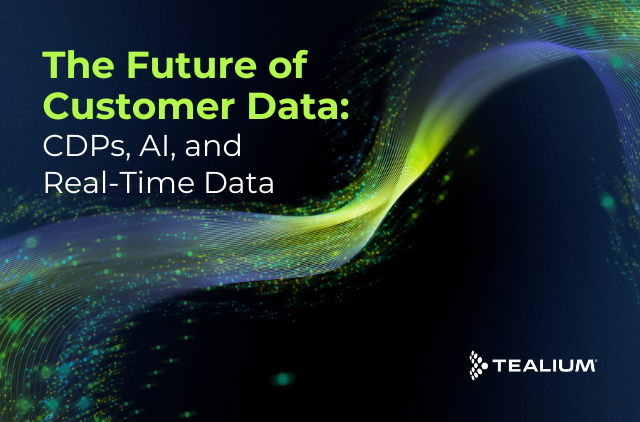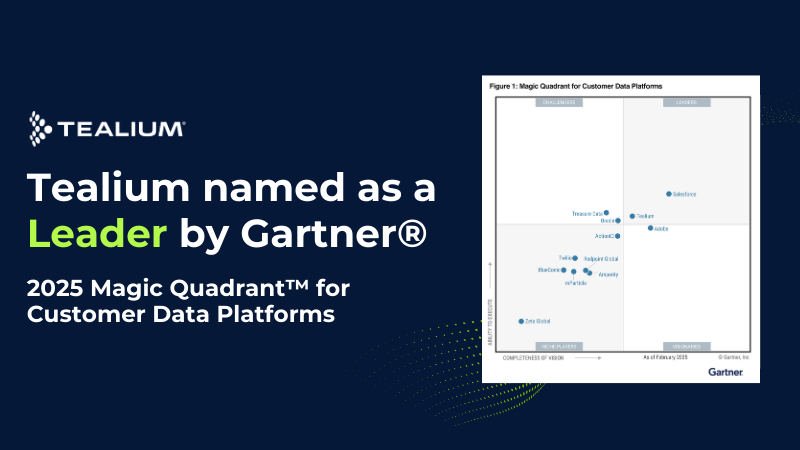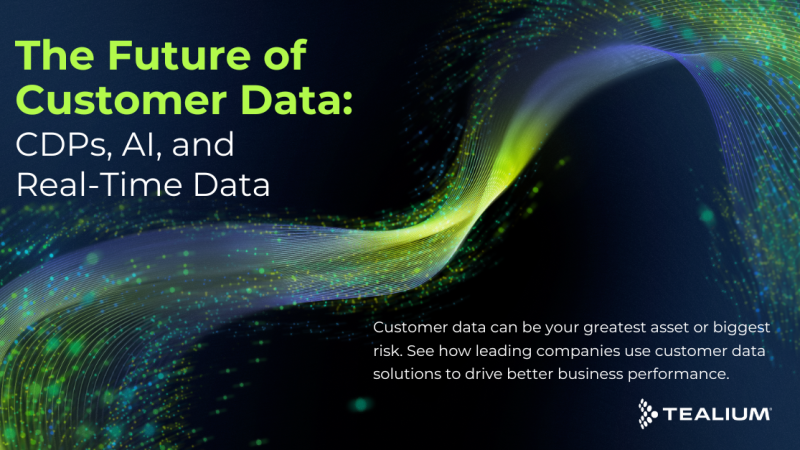6 Key Steps for CDP Implementation Success
Purchasing a new CDP? You most likely can’t wait to dive in, roll up your sleeves and get it live. (And we don’t blame you for that excitement, we’d be ready to roll too). But before you go for broke it’s important you take 6 critical steps up front and put strategic measures in place before you start using your new solution to ensure success.
Step #1: Assemble and align stakeholders
-
Find collaborative, forward-thinking and hard-working professionals who want to get their hands dirty
Establish cross-functional roles like Customer Experience, Paid Media, Email Marketing, Content, Social, Marketing Ops, Analytics/BIData, Dev/Engineering, and more
Align the strategy, stakeholders and team members to the goals of the business, content and customer experience - Find collaborative, forward-thinking and hard-working professionals who want to get their hands dirty
- Establish cross-functional roles like Customer Experience, Paid Media, Email Marketing, Content, Social, Marketing Ops, Analytics/BIData, Dev/Engineering, and more
- Align the strategy, stakeholders and team members to the goals of the business, content and customer experience
Step #2: Gather information, set expectations and formulate objectives
-
Formulate a strategy for the CDP that aligns to the strategic plan and KPIs of the organization
Develop a strategic framework that’s tangible and ready to be shared with the entire organization that highlights and reinforces how the CDP goals roll up to the organizational goals
Identify sources of data and information that you’ll be collecting as well as the accuracy, maturity and quality of both so you can see a full picture of your data and what it’s telling you
Determine cross-functional dependencies and understand what the process will be for each in regards to how they’re using the CDP - Formulate a strategy for the CDP that aligns to the strategic plan and KPIs of the organization
- Develop a strategic framework that’s tangible and ready to be shared with the entire organization that highlights and reinforces how the CDP goals roll up to the organizational goals
- Identify sources of data and information that you’ll be collecting as well as the accuracy, maturity and quality of both so you can see a full picture of your data and what it’s telling you
- Determine cross-functional dependencies and understand what the process will be for each in regards to how they’re using the CDP
Step #3: Determine segments and the identification/resolution strategy
-
Identify and segment the target audience based on criteria you define in advance that you will be basing your personalization campaigns and strategy off of
Inventory all of the different channels you’re marketing on and what integrations are in your martech stack
Document how different martech tools are used throughout your customers journey
List out content and creative needs along with resource and budgetary needs, and constraints too, to allow for proper planning - Identify and segment the target audience based on criteria you define in advance that you will be basing your personalization campaigns and strategy off of
- Inventory all of the different channels you’re marketing on and what integrations are in your martech stack
- Document how different martech tools are used throughout your customers journey
- List out content and creative needs along with resource and budgetary needs, and constraints too, to allow for proper planning
Step #4: Define the action plan
-
Set expectations and prioritize the most impactful outcomes. Tell people why you’re doing what you’re doing and share what you anticipate the impact to be. This will help give a clear direction of where to start, what the entire CDP journey will look like and what the future holds as far as hoped-for results.
Prioritize objectives and timing to reduce some of the overwhelm and maximize the wins.
Define roles and responsibilities around the action plan
Execute away! - Set expectations and prioritize the most impactful outcomes. Tell people why you’re doing what you’re doing and share what you anticipate the impact to be. This will help give a clear direction of where to start, what the entire CDP journey will look like and what the future holds as far as hoped-for results.
- Prioritize objectives and timing to reduce some of the overwhelm and maximize the wins.
- Define roles and responsibilities around the action plan
- Execute away!
Step #5: Monitor, measure and capture the value
-
Communicate the importance of measurement to the organization and commit to it being an ongoing process
Monitor progress, optimize and monitor progress again – a rinse and repeat method
Document all data requirements prior, during and after as well as what reporting tools, systems and platforms the CDP will interact with
Perform qualitative and quantitative measurements regularly and report back to the organization on these - Communicate the importance of measurement to the organization and commit to it being an ongoing process
- Monitor progress, optimize and monitor progress again – a rinse and repeat method
- Document all data requirements prior, during and after as well as what reporting tools, systems and platforms the CDP will interact with
- Perform qualitative and quantitative measurements regularly and report back to the organization on these
Step #6: Close the loop
-
Report on overall success, roll everything back up to the initial goals that were set and continue to always come back to the “why” you implemented a CDP in the first place.
- Report on overall success, roll everything back up to the initial goals that were set and continue to always come back to the “why” you implemented a CDP in the first place.







